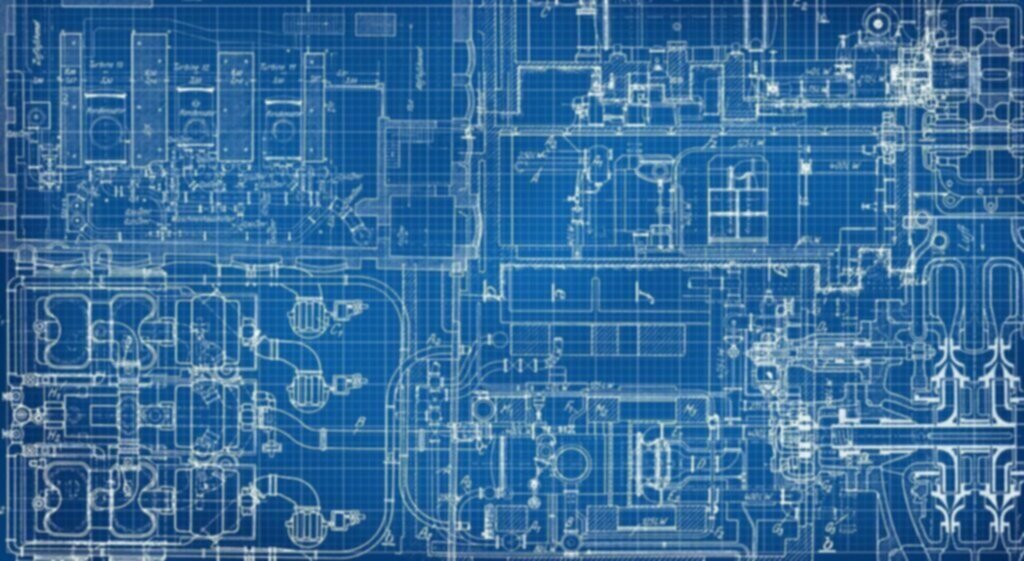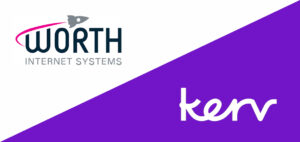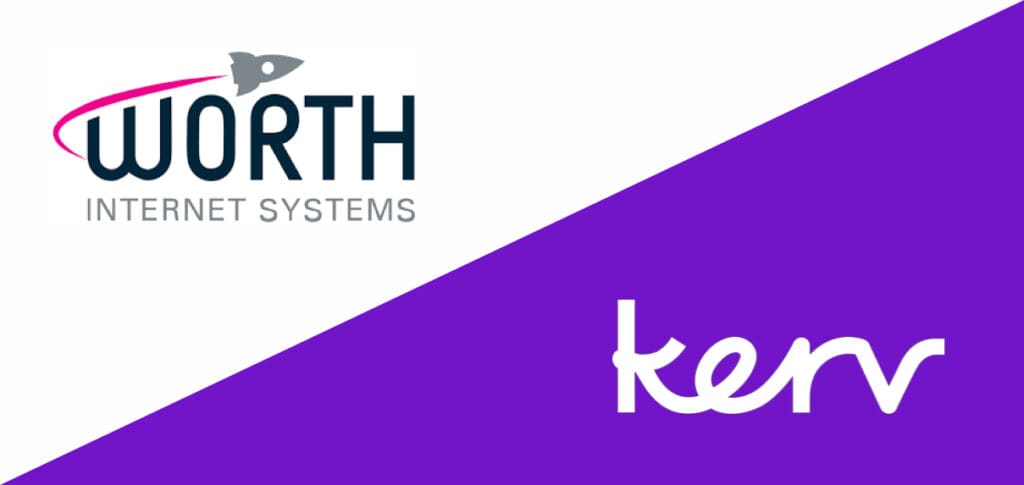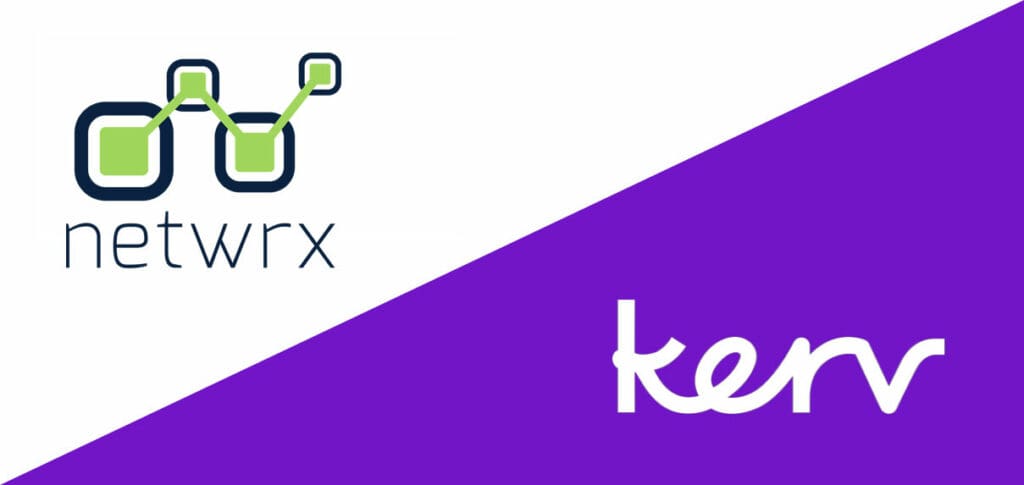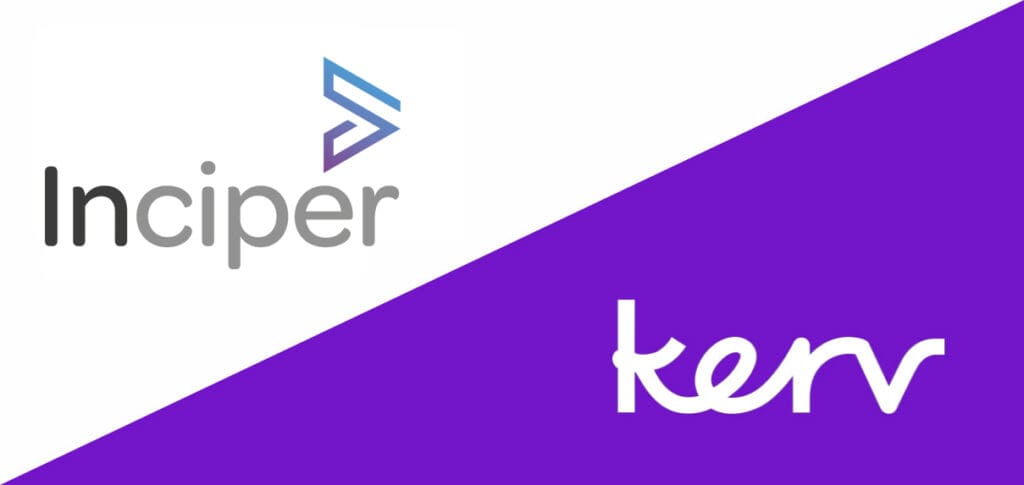Mike Eckersley
Business Architect |Kerv Digital
Have a question?
Get in touchPublished 06/07/22 under:
Defining Business Architecture and how Kerv Digital can empower your organisation
Business Architecture At Kerv Digital
Normally we (Business Architects) get involved right at the start of a project, however quite often we get brought in at a later date which can make it harder to convince a client of the benefits that Business Architecture can bring.
When we get brought in at the start of a project, we can make a real difference to inform the story-writing stage and produce better and more accurate stories that are aligned with exactly what the client wants and the business benefits that they expect the solution to deliver.
To clarify, when we say stories, we mean the development projects taking on the voice of the customer and what their business needs.
It’s about taking the persona of a particular type of user and then working out what they want and why they want it; that’s the story-writing process.
What we need to do is understand what the business needs and what the users need so that we can speak to the Solution Architects (SAs) who will write the stories.
At Kerv Digital the Business Architects are the voice of the customer although it’s important to have a foot in both camps, one for the client and the other for Kerv Digital.
It’s about getting under the skin of the client’s business very quickly so you can get a deeper understanding of the company, how they operate, and what their business processes and structures are so that you can effectively brief the SA’s.
Benefits Of A Strong Business Architecture
Overall, we can save a business hundreds and thousands of pounds per year by removing waste and inefficiencies and by maximising automation possibilities of a solution.
So, because we know what Microsoft Dynamics 365 can do, this allows us to ask the customers questions like, ‘why don’t you do it his way?’.
If you do, we can then get the system to do X, Y and Z steps which removes someone having to manually key the steps in and automate tasks. The minute you automate something, you remove waste and improve efficiency.
It’s about making processes within businesses and technology more efficient.
We start by holding structured workshops to understand all the business processes within the client’s organisation and we start with how they do it now and how they think they do it.
What do we mean by this?
Very often, when we talk to the managers, we get a piece of paper saying this is our business process but when you go down and talk to the people actually actioning the processes, they say that they kind of do that way but first they have to download a spreadsheet and manipulate it and then upload it somewhere else. But that’s not all because Mavis has something that she has to do etc. Once we’ve established what really happens, we can map it out and start looking at the process.
We try to look for ‘sources of variation in ways’ because a good process is done the same way every time, no matter who does it- it should be a standard process.
If there is variation in the way a process operates, this is where problems arise.
Once you have a standard process mapped out, you can then start to look at where the waste occurs, and we have various numonics and models of how to combat certain types of waste.
When the waste is stripped away, we have the backbone of the process and we call this the ‘As-Is’ process (how the process works at the moment).
Now comes the fun part- we go back and have another meeting to discuss how the client actually wants the business processes to be, hence the name for the new desired processes, the ‘To-Be’ process.
This is where we can start to streamline the process and evolve it into a new process that takes into account the capabilities of Dynamics. This is where we slot in the automated steps and remove the manual ones.
At first, client’s do find it difficult to start a-fresh but with our help, encouragement and knowledge, we give them a proverbial magic wand and say, how would you like it to operate?
It’s great because at the end of the session, the client can see just how much better their lives are going to be when this new system comes into action.
As a result of that, it improves the buy-in when we come to implement it instead of having any resistance to change or people trying to find a fault within a new system, which does happen because they haven’t been involved in the journey.
Now, you’ve got a load of people who are really motivated and can’t wait to see this new solution that they’ve contributed their thoughts to.
Clients are best placed to know where the problems are in the processes they are currently operating so you’ve got an ideal situation where with a bit of help, they’ve improved that process and made it more efficient.
What makes a good Business Architect?
It’s about that blend of experience of a business and system knowledge and the ability to quickly form relationships with staff you’ve never met before and in order to that, you must work at it.
For example, adding humour, judging your audience and level of abilities, forming a positive relationship, constructively challenging them and bringing them along with you.
You also have to have credibility.
There’s no point in going in and saying, ‘I’m not sure if we can do that in Dynamics’.
Business Architecture is about getting to understand what the user wants and what the business wants out of the software but by doing it in a way that maximises the capabilities of the software.
Because we know what Microsoft Dynamics 365 can do and what the business is trying to do/achieve, we can make the two come together and work harmoniously.
We want to make sure that they get the most out of their investment in this project and achieve what they wanted from day one (for example, saving money).
Once you start achieving this goal, we want to make sure that the solution continues to deliver this, so we get the processes locked in and make it standard.
Have a question?
"*" indicates required fields
